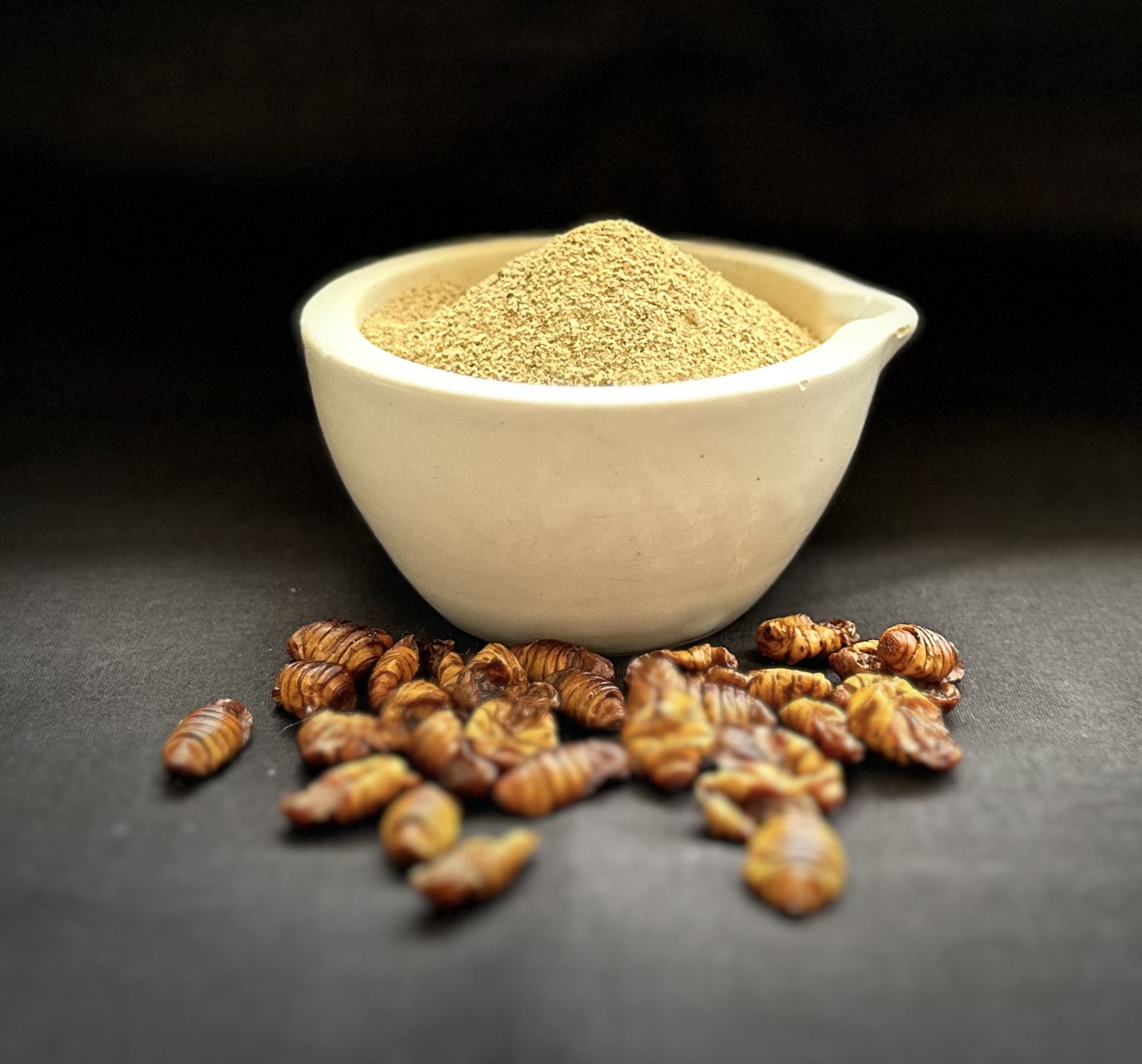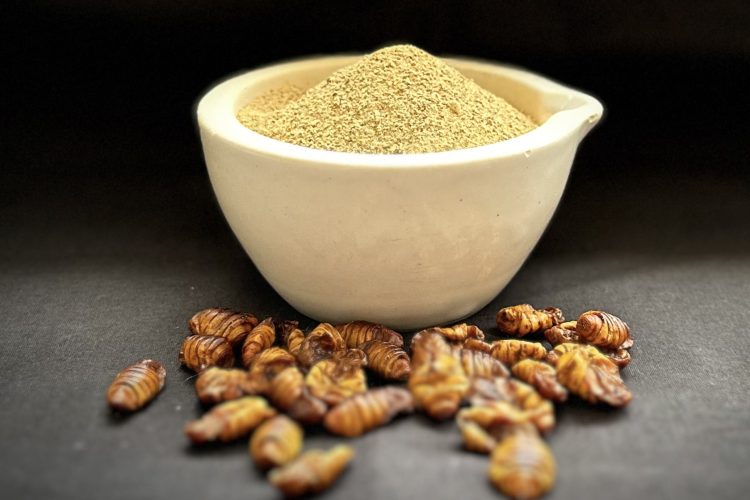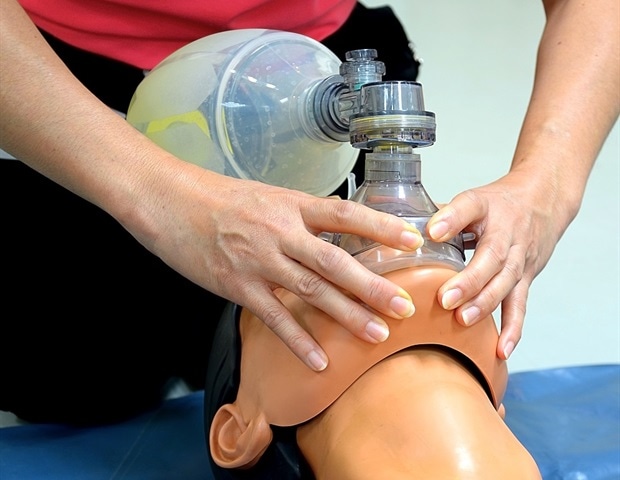- Former ICC match referee Chris Broad accuses global cricket body of leniency towards India Dawn
- ‘Because it’s India’: Broad, Chappell reveal India’s cricket power plays The Sydney Morning Herald
- Sourav Ganguly Caught In Fresh Storm After…
Author: admin
-
Former ICC match referee Chris Broad accuses global cricket body of leniency towards India – Dawn
-

Desktop Commander lands €1.1M pre-seed for AI desktop automation
Latvian-based Desktop Commander, the company behind the open source Desktop Commander MCP server, has raised a €1.1 million pre-seed round
led by 42CAP, with participation from BADideas Fund.Desktop Commander MCP…
Continue Reading
-
Labcorp lifts annual profit forecast on strong diagnostic test demand – Reuters
- Labcorp lifts annual profit forecast on strong diagnostic test demand Reuters
- Labcorp Announces 2025 Third Quarter Results PR Newswire
- Labcorp (LH) Reports Q3: Everything You Need To Know Ahead Of Earnings Yahoo Finance
- Labcorp reports Q3 adjusted EPS $4.18, consensus $4.14 TipRanks
- Labcorp (LH) to Release Earnings on Tuesday MarketBeat
Continue Reading
-
Scientists find potent new antibiotic hidden in familiar bacteria-Xinhua
MELBOURNE, Oct. 28 (Xinhua) — Chemists in Australia and Britain have discovered a promising new antibiotic capable of killing drug-resistant bacterial pathogens, including MRSA and VRE.
The newly discovered antibiotic, called…
Continue Reading
-

a scalable, sustainable and nutritious alternative protein for pet food
Loopworm’s co-founder Ankit Alok Bagaria shares why silkworm pupae are the solution the pet food industry has been looking for.

Credit: Loopworm
The pet food industry is wrestling with a big problem: sustainability….
Continue Reading
-

Singer Raye says lost songbooks found ahead of album two
Paul GlynnCulture reporter
 PA
PASinger Raye has said her songbooks stolen last year when her car was broken into, meaning her album two plans had to be put on hold, have been found.
The star had been working on the follow-up to her multi-Brit…
Continue Reading
-

Pakistan’s growth forecast at 3 percent as World Bank calls for reforms, flood recovery measures
MUMBAI, India: Defending champions Australia surged unbeaten into the Women’s World Cup semifinals and are clear favorites to defeat hosts India in front of an expected sell-out crowd.
Seven-time champions…Continue Reading
-

A listener’s DIY project helps others deal with high medical bills
In April, Thomas Sanford, a medical student who regularly listens to “An Arm and a Leg,” set out to create a resource he could easily share with patients to help them deal with unaffordable medical bills.
In this mini-episode, host Dan Weissmann…
Continue Reading
-

For Matilde Lorenzi, for safety: the charity auction that unites the skiing community
A project that turns remembrance into action, supported by top athletes and values deeply shared by FIS.
One year after the tragic passing of Matilde Lorenzi, a promising young Italian skier who lost her life on 28 October 2024 on the slopes of…
Continue Reading
